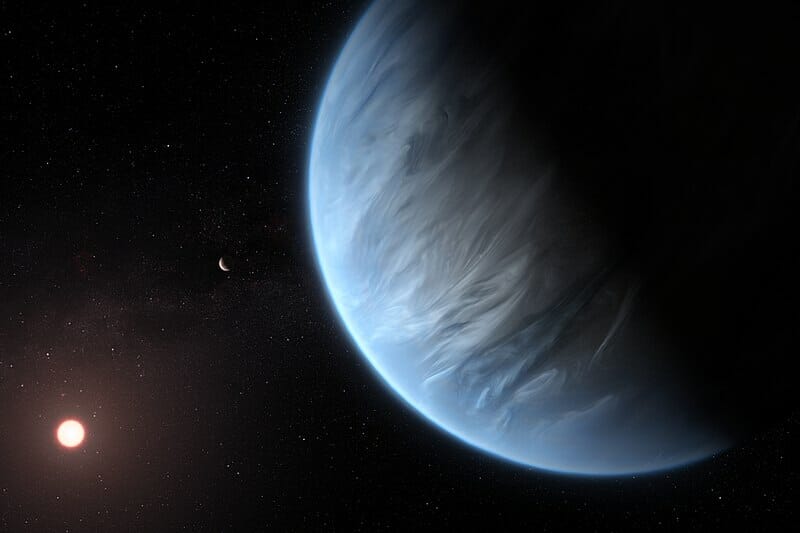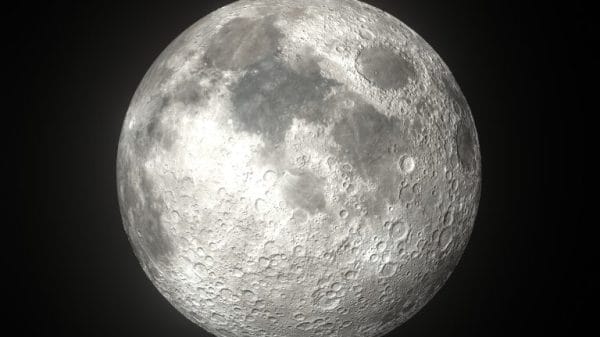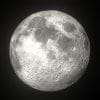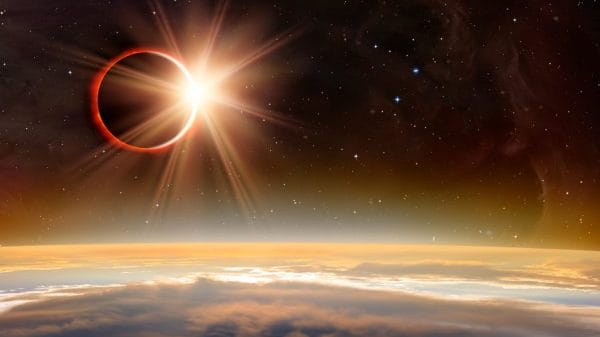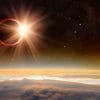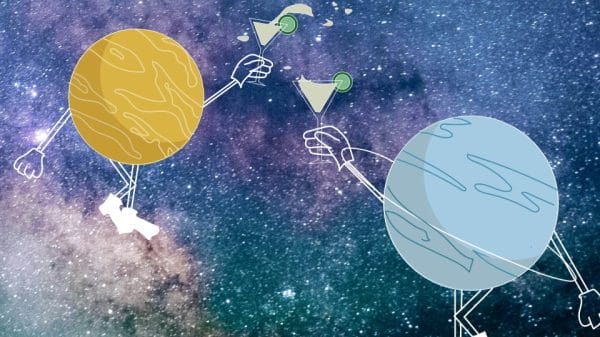Artist’s impression of the planet, K2-18b. (via)
Fed up of living on Earth? Good news! Water vapour has been found by scientists from University College London with the help of the Hubble Space Telescope. The bad news? The planet is around 110 lightyears away. Might take you a while to get there.
The scientists at UCL used data the Hubble Space Telescope had recorded from 2016 and 2017. Plus their own research, focusing on starlight filtered through the planet’s atmosphere, the molecular signature of water vapour was found.
From the detected data, it is believed the atmosphere of this planet is made up of somewhere between 0.01% to 50% water vapour. Undoubtedly, the really exciting thing about the scientists finding water vapour on this planet is the chance it opens up for discovering alien life.
Alongside the discovery of water vapour, scientists have found helium and hydrogen in the atmosphere, and an optimal temperature to facilitate life. Perhaps there will be an alien invasion soon…
New technology needed to find out more about the planet
We can’t be sure that there actually is alien life currently there until new technology is developed. These future telescopes would be able to test the atmosphere for the kind of gases produced by living things. Don’t worry, though – it is suggested these special telescopes could be ready for use within the next ten years.
The planet, which resides in a different solar system to ours, is two times the size of Earth, and eight times the mass. Another key difference between Earth and this other planet is that, where we take 365 (and a bit) days to complete one rotation of our star, the other planet only takes 33 days. Imagine having a New Year’s party once every 33 days! If it’s kept as a day off, I say we move there as soon as possible.
Are you are interested in living on another planet, but sad K2-18b is too far away? Read about the NASA rover that might have found life on Mars.


